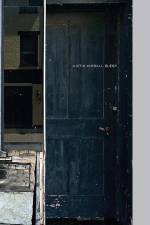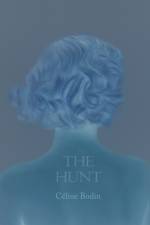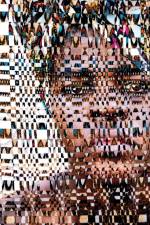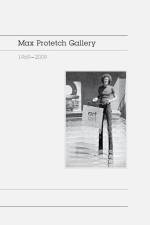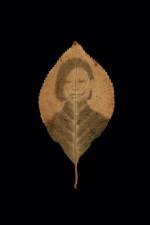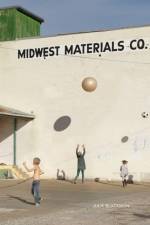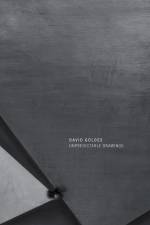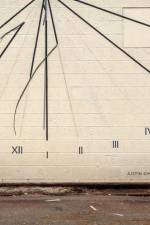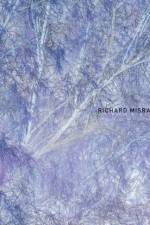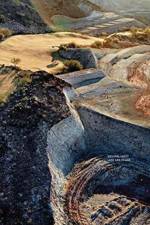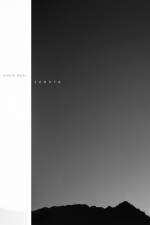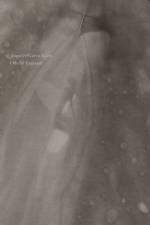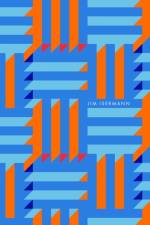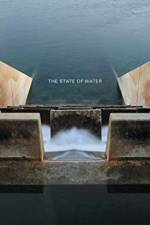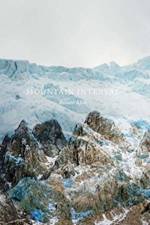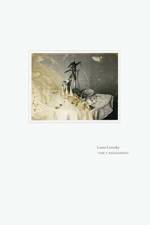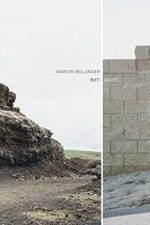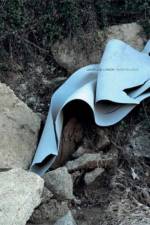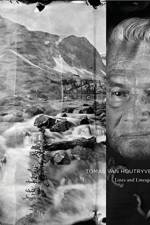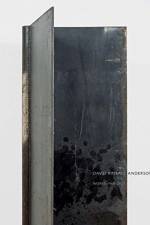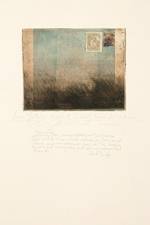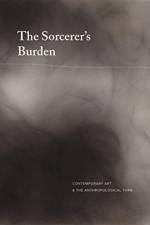av Irene Hofmann
779
On the pioneering gallery that helped launch American Minimalism and ConceptualismFrom 1969 until 2009, Max Protetchâ¿s galleryâ¿first in Washington, DC, and then later in New York Cityâ¿was a vibrant gathering place for art, architecture, politics and ideas. Richly illustrated with previously unpublished materials from the galleryâ¿s archive, this volume provides insight into the early careers of some of contemporary artâ¿s most enduring figures. Protetch was an advocate for Minimalism and Conceptual and Pop art in the 1970s; architecture in the late â¿70s and 1980s; and beginning in the 1990s, a broad range of contemporary art, including from China. Protetch advocated for artists such as Vito Acconci, Jo Baer, Robert Barry, Donald Judd, Dan Flavin, On Kawara, Robert Mangold, Sol LeWitt, Dan Graham and Lawrence Weiner; and architects such as Michael Graves, Tadao Ando, Peter Eisenmann, Frank Gehry, Zaha Hadid, Rem Koolhaas, Daniel Libeskind, Samuel Mockbee, Aldo Rossi and Robert Venturi.



